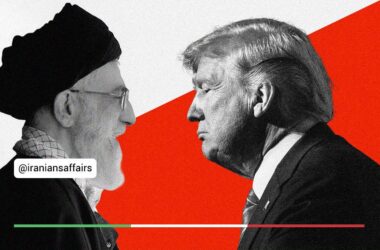The severity of air pollution once again brings attention to its causes and the strategies required to reduce it. The primary culprit is widely identified as the burning of mazut (fuel oil). Mazut contributes to only 8% of the fuel used in power plants, and while it is not an unconventional fuel, the issue lies in the quality of mazut produced in Iran. Due to a lack of investment, Iranian mazut still contains sulfur levels exceeding 3.5%, far above the acceptable standard of 0.8% sulfur for power plant fuel. If 35% of electricity were not wasted during transmission and distribution, this crisis could potentially be resolved without relying on mazut.
However, the crisis of management and lack of investment is pervasive. Even with substandard mazut, installing exhaust filters in power plants could mitigate the issue. But Iran’s power plants neither meet environmental standards nor prioritize compliance. The Ministry of Petroleum fails to produce high-quality fuel, and the Ministry of Energy does not optimize and modernize power plants to reduce emissions.
The crisis in fuel quality is not limited to power plants. Diesel and gasoline have also become problematic due to systemic inefficiency and the investment crisis. Despite claims to the contrary, per capita energy consumption in Iran is 20% lower than in welfare states (OECD countries). Access to abundant energy resources has not translated into an advantage for Iranians. Yet, with inefficient and fuel-guzzling vehicles, non-optimized electrical appliances, and outdated industries, Iran’s per capita energy consumption remains neither excessive nor extravagant.
The government’s misguided housing policies, particularly in metropolitan areas where construction costs constitute a small fraction of final prices, have driven people to the outskirts of cities. Coupled with inadequate public transportation, this has forced many to rely on personal vehicles. Raising gasoline prices to curb consumption merely increases pressure on the populace, often pushing them to the brink of collapse.
Industries cannot be relocated to deserts far from residential areas. Proximity to workplaces is a necessity. Claims advocating for a separation between industrial zones and residential areas are misguided. Industrial activity must coexist with environmental sustainability—a principle the government has neglected. Achieving this requires investment and alignment with global market logic, which is impossible without integrating into the global order. This integration, however, remains a red line for the Islamic Republic, plunging the country into recurrent crises for years.
When it comes to air pollution, the challenges are even more severe. Air quality monitoring is grossly inadequate. Monitoring stations are poorly placed, and their sensors and technology are inefficient. Throughout the day, data from some stations often disappears due to inconsistencies. Two stations in District 11 provide a stark example of this monitoring crisis. The primary pollutant in Tehran is identified as PM2.5, but since these particles can be secondary pollutants influenced by other primary sources, the relationship between pollutant sources and pollution factors remains unclear.
Pollutant sources pose an even more pressing challenge. In Tehran, mobile sources were traditionally regarded as the main culprit. While diesel vehicles and motorcycles were deemed significant contributors, attention predominantly focused on mobile sources, sidelining the role of stationary sources such as power plants, industries, and residential heating. The responsibility for reducing urban air pollution was assigned to the Transportation and Traffic Deputy, which led to an unusual concentration on mobile sources, diverting financial resources in that direction. Now that attention has shifted to stationary sources, the lack of accurate assessments of their contribution—particularly to PM2.5 particles—precludes effective solutions.
Ultimately, the air pollution crisis in Tehran and other Iranian cities reflects systemic inefficiencies in population settlement, fuel production, electricity generation and distribution, industrial employment, public transportation, pollution monitoring, management, and, most importantly, adequate investment and sustainable development.
These prolonged crises are undeniably political. Without fundamental and structural changes, there is little hope for improvement. For now, Tehran and other major cities must wait for the wind to clear the air. Cities with higher wind activity, such as Shiraz, fare better, while those with less, such as Arak and Isfahan, suffer worse conditions. Tehran, meanwhile, continues to deteriorate day by day.
Improving Tehran’s air quality requires programmatic measures, including air quality monitoring and identifying the impact of pollutant sources. It also necessitates pollution reduction efforts, such as fuel reform, technology upgrades for industries, and modernization of vehicles. Furthermore, structural and institutional reforms, such as revising regional tax policies, managing and reducing travel demand, and developing smart cities, are essential.
Numerous actions are required, but the current structure appears incapable of addressing these issues effectively.







